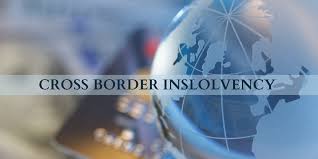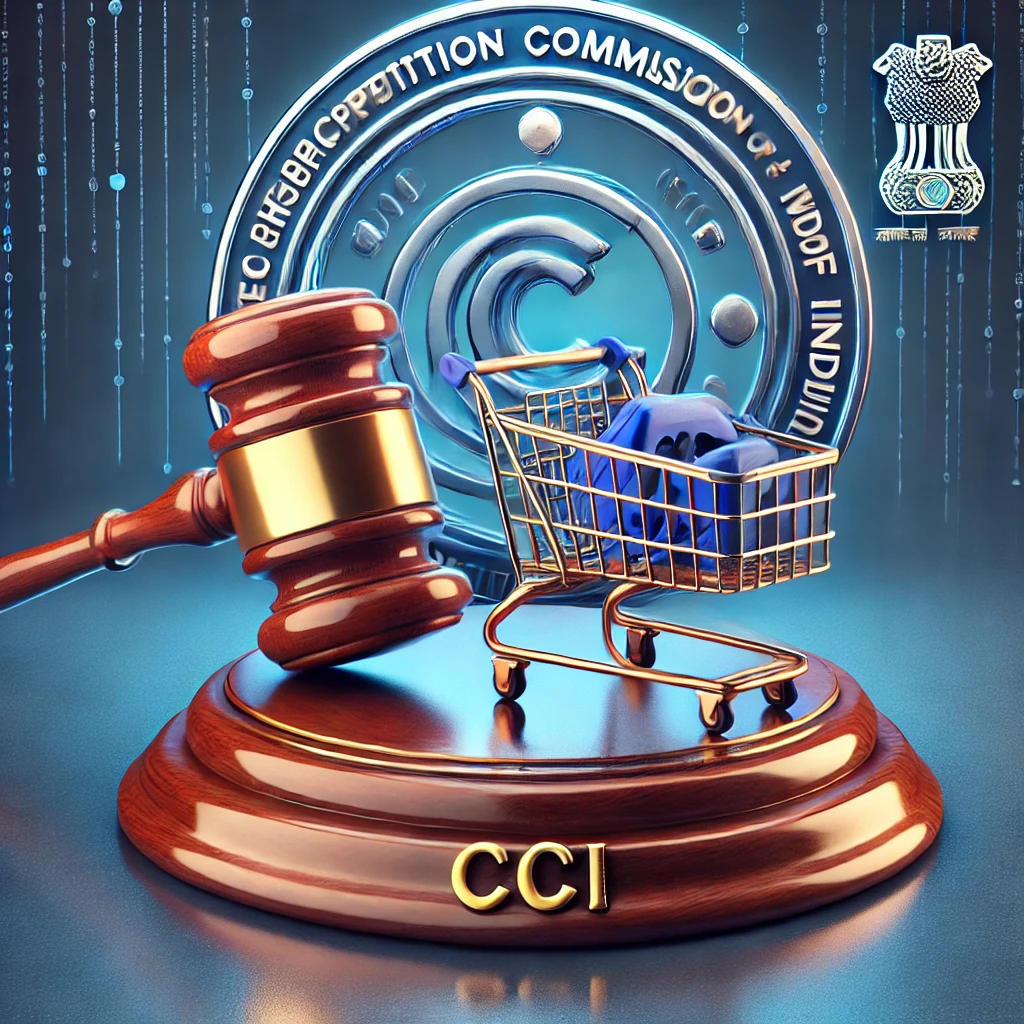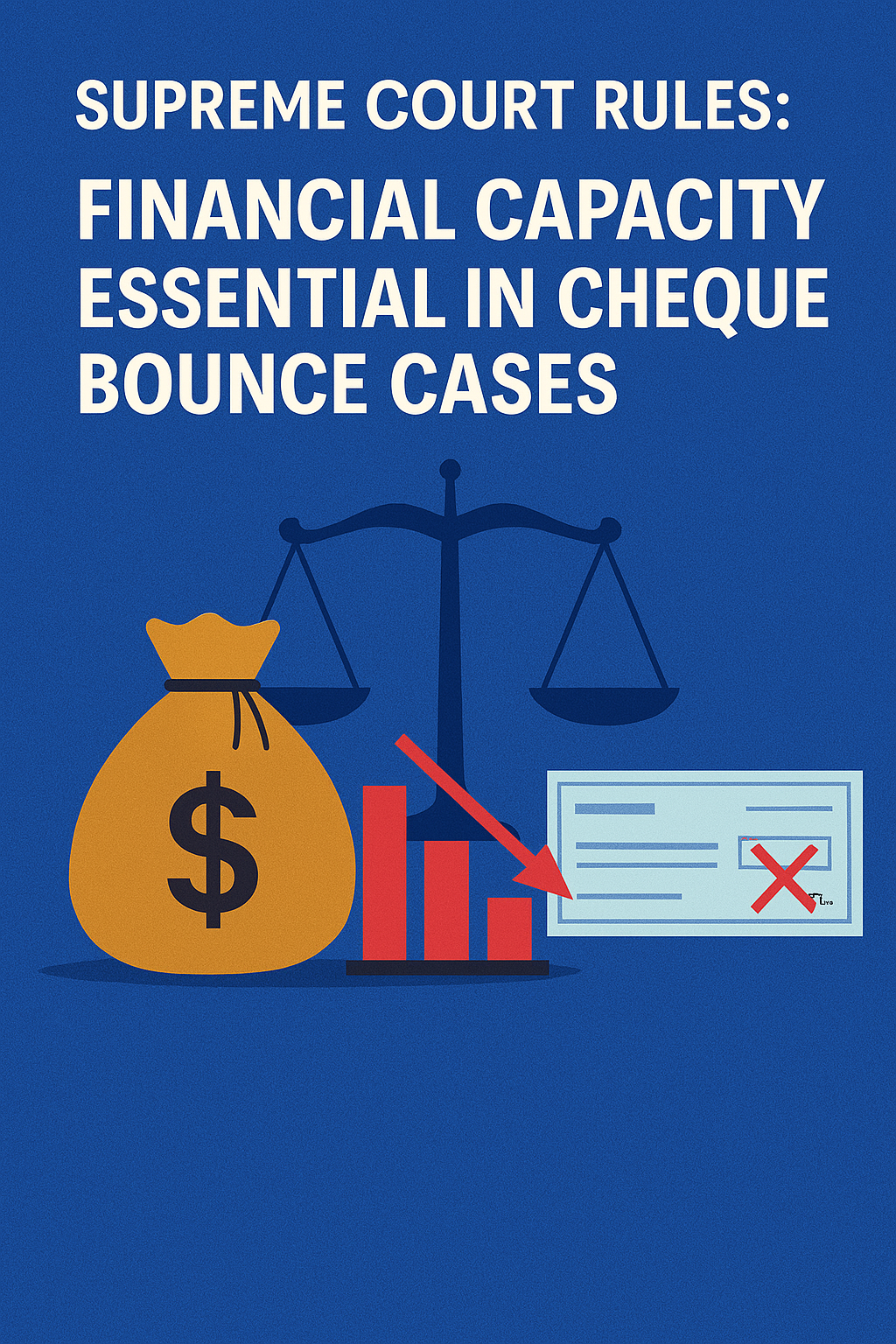Trade Agreements: Bridging UK-India and EU-India Relations
Trade Agreements: Bridging UK-India and EU-India Relations
🧭 Overview
The global economic landscape is increasingly shaped by bilateral and multilateral trade agreements, which serve as tools for enhancing economic cooperation, reducing trade barriers, and promoting investment. In the context of India’s international trade, its strategic engagement with both the United Kingdom (UK) and the European Union (EU) has gained significant attention.
After Brexit, India now negotiates separate trade agreements with the UK and the EU. The aim is to bridge economic relations, enhance market access, and promote mutual growth, while ensuring that legal, political, and social obligations are balanced.
⚖️ Legal Framework of Trade Agreements
Trade agreements are governed by:
Bilateral treaties
World Trade Organization (WTO) rules
Domestic trade and investment laws
Customs and tariff laws
Principles of international economic law
India signs trade agreements under Article 246 of the Constitution (Union List), allowing the Central Government to enter into treaties.
🇮🇳🤝🇬🇧 UK–India Free Trade Agreement (FTA)
🔹 Background:
Post-Brexit, the UK identified India as a priority partner.
Negotiations began in 2022 aiming to sign a comprehensive FTA.
Areas of focus:
Tariff reduction on goods and services
Investment protection
Intellectual property rights (IPR)
Mobility of professionals and students
Sustainable trade and environmental concerns
🔹 Objectives:
Facilitate market access for Indian exports (e.g., textiles, pharmaceuticals, IT).
Allow UK greater access to India’s financial, legal, and education sectors.
Promote bilateral investments.
🔹 Legal Concerns:
Non-Tariff Barriers (NTBs)
Data protection and digital trade
Dispute resolution mechanisms
Labour and environmental standards
🇮🇳🤝🇪🇺 EU–India Free Trade Agreement
🔹 Background:
Negotiations began in 2007, stalled in 2013, and resumed in 2022.
EU is India’s second-largest trading partner.
EU seeks greater access to Indian markets, while India wants easier access to the EU’s services sector.
🔹 Key Focus Areas:
Elimination of tariffs
Rules of origin
Sustainable development
Geographical Indications (GIs)
Regulatory coherence
🔹 Challenges:
Labour rights and environmental concerns raised by EU
India’s data localisation policies
Pharmaceutical patents and IPR
Agricultural subsidies
🔍 Comparative Insights
| Issue | UK–India FTA | EU–India FTA |
|---|---|---|
| Post-Brexit dynamics | High priority for UK | Renewed interest after stagnation |
| Tariff elimination | Negotiated on major goods | Complex due to EU’s internal policies |
| Services liberalization | Legal and financial services | IT and cross-border services |
| IPR | Balanced discussion | EU demands stronger enforcement |
| Labour & environment | Negotiable | Core demand of EU |
| Mobility | Easier movement of professionals | Student and skilled worker mobility |
📑 Relevant Legal Principles and Case Law
While international trade agreements are often not adjudicated in domestic courts, some principles are supported by judicial interpretation:
1. Vellore Citizens Welfare Forum v. Union of India (1996) 5 SCC 647
Supreme Court recognized “sustainable development” and international environmental obligations, relevant in EU–India negotiations on environmental standards.
2. Gramophone Company of India Ltd. v. Birendra Bahadur Pandey (1984) 2 SCC 534
Held that international law and treaties, even if not incorporated, should be respected unless they conflict with domestic law.
3. PUCL v. Union of India (1997) 1 SCC 301
Discussed India’s obligations under international covenants, supporting the view that FTAs must align with fundamental rights, such as data protection and privacy.
🧠 Strategic Importance of These Agreements
Economic Boost:
Trade agreements can boost GDP growth, employment, and foreign exchange reserves.
Geopolitical Leverage:
Strengthening ties with the UK and EU counters the influence of regional blocs like RCEP and China’s trade clout.
Legal and Institutional Reforms:
FTAs encourage regulatory upgrades, such as IPR enforcement, data governance, and labour laws.
Sustainable Development:
Modern FTAs now integrate climate commitments, green trade, and carbon neutrality, aligning trade with international obligations.
📌 Challenges in Bridging UK–India and EU–India Relations
Consistency in standards: India must harmonize domestic standards to meet both EU and UK requirements.
Legal fragmentation: Separate FTAs may lead to conflicting obligations, especially in IPR and data protection.
Balancing sovereignty and openness: India must protect domestic interests without appearing protectionist.
📝 Conclusion
Trade agreements with the UK and EU are not just about tariffs—they are comprehensive frameworks that touch on legal, regulatory, and human rights issues. While significant progress has been made, bridging UK–India and EU–India relations requires not just negotiation but legal preparedness, institutional reforms, and political will.
These FTAs have the potential to redefine India’s global trade identity, but the success will depend on India’s ability to balance strategic interests with legal obligations, growth with sustainability, and sovereignty with cooperation.




























0 comments